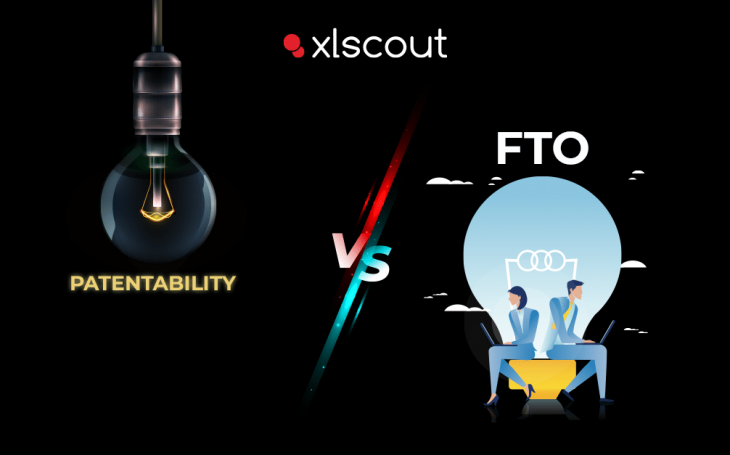
Determining patentability and freedom to operate is critical to determining the ROI your company will receive from an invention. Generally, businesses can reduce risk by conducting patentability and FTO searches at strategic points throughout the innovation cycle. Understanding the extent to which a product or process can be protected and monetized allows for strategic resource allocation. This also reduces the possibility of future litigation.
What is Patentability?
Patentability guarantees that your invention is patentable. This means that it is novel, non-obvious, and useful, and thus meets the requirements for patent protection. As a result, a patentability search is also known as a novelty search. A patentability search examines all prior art to boost confidence in an invention’s novelty. The invention must be novel if it has not previously been described in any meaningful manner in any type of patent or non-patent literature from any region.
After you apply for a patent, your patent examiner will conduct a patentability search. However, submitting a patent application without knowing whether or not your invention is novel would be a waste of both the IP team’s and R&D resources. If your invention is granted a patent, you now have the legal right to sue anyone who violates your protected invention. A patent does not always grant you the right to commercialize your invention.
What is Freedom-to-Operate?
You need operational freedom to bring your technology to market. This ensures that you are not infringing on anyone else’s intellectual property rights while commercializing your own. While your novel concept may be patented, other technologies needed to manufacture or sell the finished product may infringe on the patents of others. A freedom to operate search and analysis determine whether commercializing your innovation infringes on an active patent in the jurisdiction in which your product will be manufactured and/or sold. An in-force patent “must be actively maintained by paying the yearly renewal fees and must not have expired” in these circumstances.
Patentability vs Freedom to Operate
The distinction between patentability and freedom to operate searches is subtle; both are types of patent searches that should be carried out throughout the innovation lifecycle. What we understand from these two types of searches, however, is quite different. Although a technology may indeed be patentable (and that patent may be worth pursuing), a patent may not allow you to commercialize the entire technology.
Only ideas that have never been publicly disclosed, whether in a journal, patent application, presentation, or otherwise, can be patented. The concept of “freedom to operate” is concerned with inventions that are currently protected by a patent. Understanding these distinctions and how they affect your invention is critical for determining next steps.
There are options if your invention cannot be patented or monetized in its current form. Your company may be able to:
- Determine the validity of the patent claim(s) impeding your freedom to operate
- Design around the prior art
- Purchase or license patents that your technology would infringe on
- Make and/or sell your invention in areas where patents are not valid
Determining which solution is best for your situation as soon as possible allows for strategic resource allocation and maximum ROI.

